San Francisco Fed President Mary Daly said in an FT interview that she remained “very optimistic and positive”. She added, ” it’s appropriate to start discussing dialling back the level of accommodation that we’re giving the economy on a regular basis
“The starting point for that is of course asset purchases,” she said. “Talking about potentially tapering those later this year or early next year is where I’m at.”
On the employment markets, she said “we’re really adding enough jobs to see that we’re making progress towards our full employment goal.” While “we’re not there yet… we’re chipping away at the hole that was dug by Covid.”




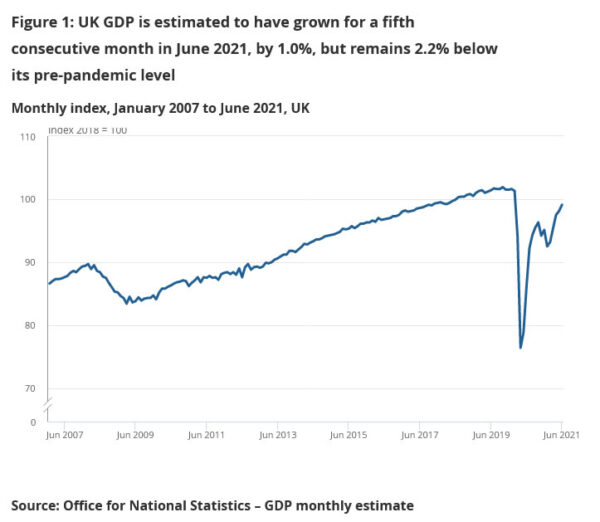
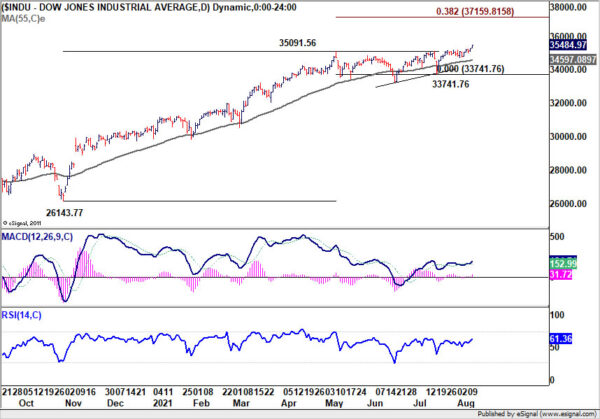

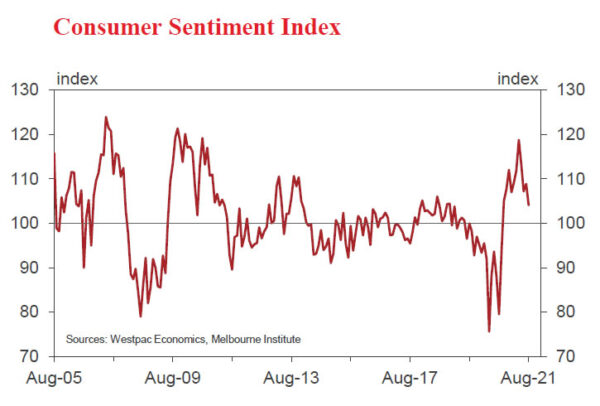
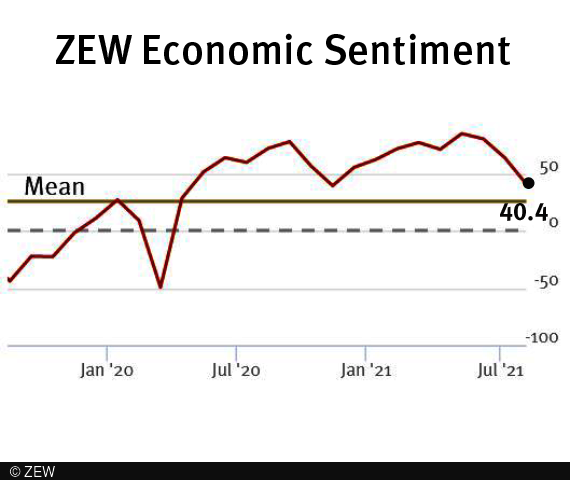
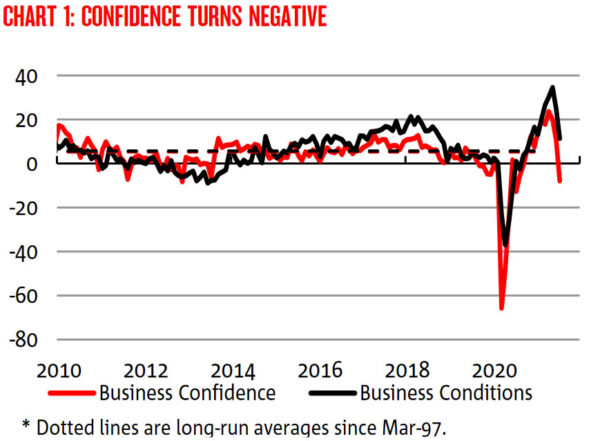
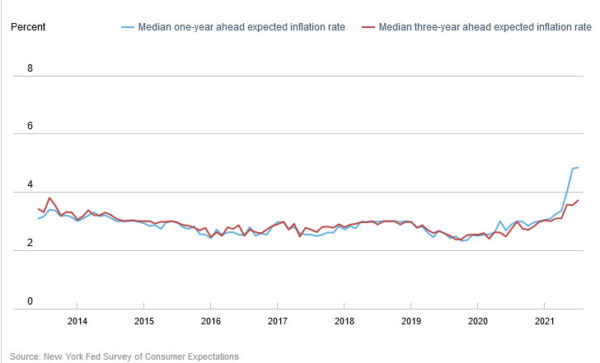
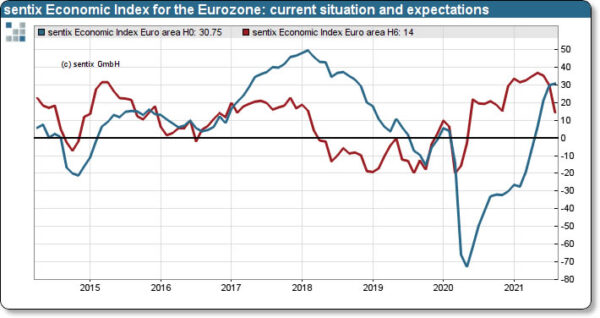
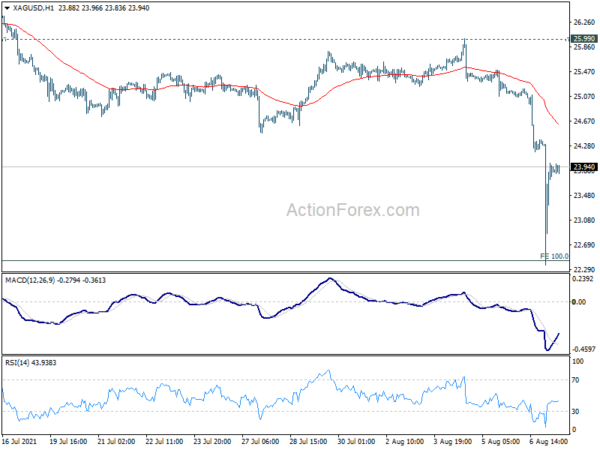
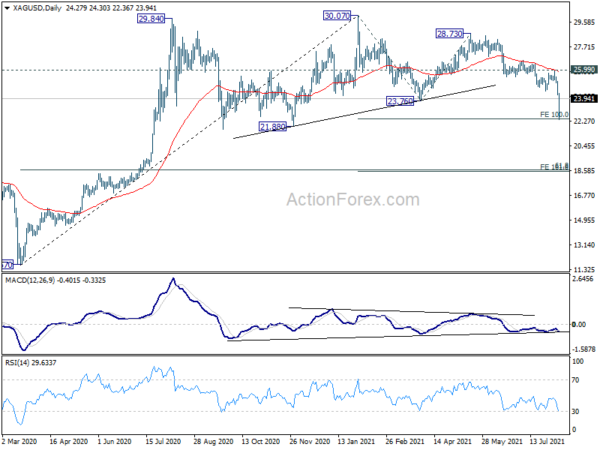

Eurozone industrial production dropped -0.3% mom in Jun, EU down -0.2% mom
Eurozone industrial production dropped -0.3% mom in June, matched expectations. Production of capital goods fell by -1.5% and energy by -0.6%, while production of durable consumer goods and intermediate goods both rose by 0.1% and non-durable consumer goods by 1.6%.
EU industrial production dropped -0.2% mom. Among Member States for which data are available, the largest decreases were registered in Ireland (-4.4%), Portugal (-2.6%) and Denmark (-2.3%). The highest increases were observed in Malta (+5.2%), the Netherlands (+3.3%) and Estonia (+3.2%).
Full release here.